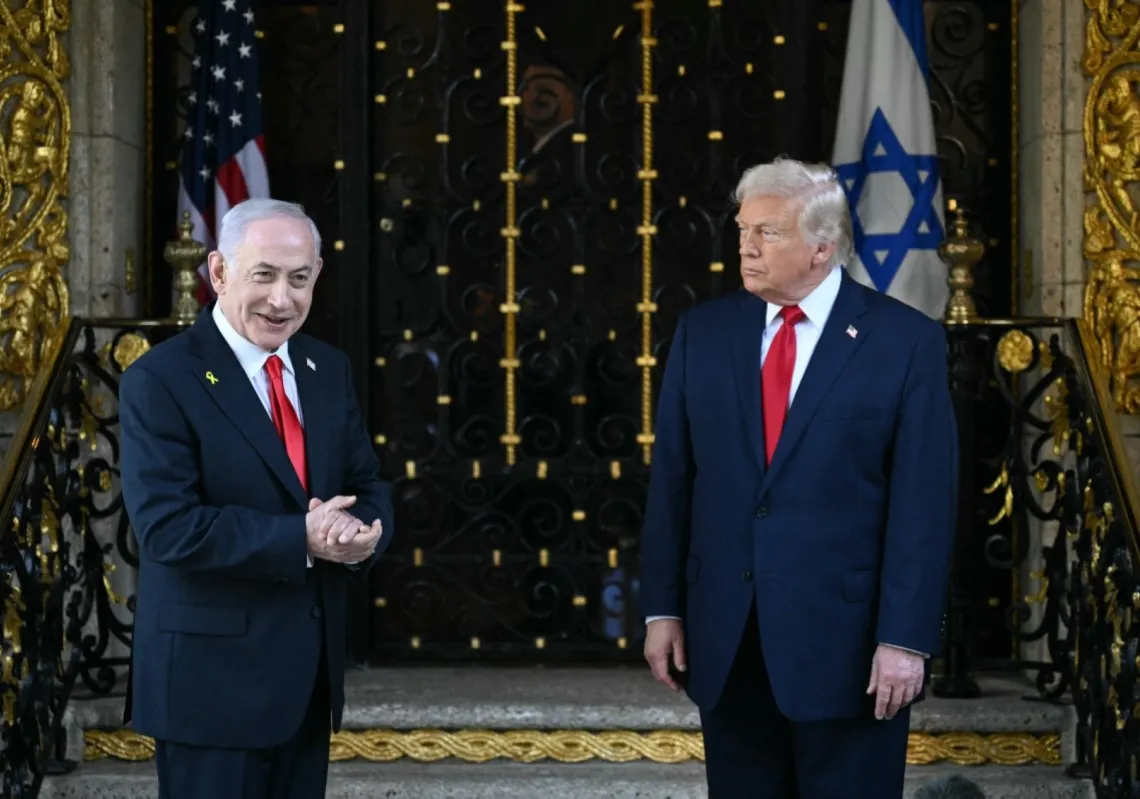Paris is the world’s most popular destination for good reason: the art, the architecture, the romance, the gardens, the locks on the Pont Neuf, the bread, the cheese, did I mention the bread, definitely the bread, and the history. While visitors from all over come away having had a lovely time, I don’t think it’s just pig-headed sentiments of American exceptionalism leading me to think that there’s something special about being “an American in Paris.”
The ongoing success of one of Netflix’s biggest hits, Emily in Paris, has tapped into the feedback loop of Franco-American love quite well. With the second half of its fourth season recently launched (and official word of a fifth soon entering production), what better time than now to look back at some great older titles (we’ll stick with movies) where an American Joe or Jane found themselves in the City of Lights? So swap the popcorn for some escargot and try to remember which nouns are masculine and feminine. And yes, I know I left a great many off the list. Let’s go to a café and argue about it over a carafe of claret.
1933: Design For Living
Loosely adapted from Noël Coward’s play—one so scandalous it took years to stage a London production—Design For Living’s screenwriter Ben Hecht and director Ernst Lubitsch introduced several tropes about American artists set free by French sensibilities in this frothy film. Frederic March and Gary Cooper play starving, striving artists (March a playwright, Cooper a painter) who meet their muse, the effervescent Miriam Hopkins, on a train to Paris. Both men fall for her, of course, but the twist is that she also falls for both of them. Should she really have to choose? (Some recent stage productions have leaned into the suggestion that the gents share a special fondness for one another, but there are only trace elements of that in this version.) The libertine spirit of the city, from its airless attic apartments to its evening gowns and white ties, is matched by an assault of droll dialogue as well as an appearance by the greatest frump in 1930s Hollywood, Edward Everett Horton.
1951: An American in Paris
One can hardly write about Americans in Paris without mentioning the O.G. American in Paris—well, after Benjamin Franklin, I guess. Gene Kelly’s Jerry Mulligan in An American in Paris is a barrel-chested World War II vet struggling to find work as a painter who periodically breaks into song and dance. You would, too, if you sounded and moved like him! This Best Picture Oscar-winner is certainly preposterous with its Gallic clichés but is a little more avant-garde than you may remember. It is, at its heart, a George and Ira Gershwin jukebox musical—MGM producer Arthur Freed had purchased the rights to the recently departed American composer’s work. But in addition to tunes like “I Got Rhythm” (in which Kelly duets with several Montmartre street urchins), the film’s centrepiece is a 17-minute dialogue-free fantasy ballet sequence, set to Gershwin’s symphonic piece “An American in Paris,” in which Kelly and Leslie Caron twirl their way through a series of imaginative sets designed to look like classic French artworks. The word “magnifique” was made for scenes like this.
1960: Breathless
American actress Jean Seberg and her revolutionary haircut are a pivotal part of Jean-Luc Godard’s Breathless, a foundational text in the French New Wave that still packs a punch with its jazzy vitality and total disregard for the traditional rules of filmmaking. (Why waste time structuring your scene so the edits will match when you can just let the cuts happen when it feels right and not worry about continuity?) Seberg’s character is a student and street-level newspaper salesgirl who finds herself falling in love with a young criminal played by Jean-Paul Belmondo. Of course, his true love is the movie myths he’s been feasting on following the flood of Hollywood products into France after the end of the war. I’ve seen Breathless ten times, and I can’t really tell you too much about the plot; it’s more about the film’s style, its vitality, the texture of its grainy film stock and handheld camerawork. Godard famously rolled cinematographer Raoul Coutard through the Paris streets in a wheelchair, a clear example of how what was happening behind the camera was just as innovative as what ended up on screen.
1961: Paris Blues
We’ve seen our share of painters and playwrights; how about that other great American export to Paris: jazz musicians? Sidney Poitier (on sax) and Paul Newman (trombone) are two best pals who gig in literally underground nightclubs and begin wooing a pair of visiting American tourists played by Diahann Carroll and Joanne Woodward. Greatly aiding them in their pursuits is the beauty of the city itself, as well as an original score by Duke Ellington, along with many of his classic tunes. While Poitier and Newman represent the jazz of the era (post-bop, if you will), the film is graced by the presence of the great elder statesman Louis Armstrong as the visiting “Wild Man” Moore. The picture includes a legendary jam session with Armstrong, which this jazzbo (I’ve got the beret to prove it) rates as one of the most joyous musical sequences in all of cinema. Unfortunately, the movie chickened out of the book’s interracial romances, but the film’s portrayal of Black American artists receiving a more generous welcome abroad still comes through.
1981: Superman II
If I’m being honest about the movies that inspired me in my youth, I’d have to include Superman II, which I now realise I saw before the first Superman and somehow was able to follow. I guess super genius Lex Luthor had nothing on pint-sized me! In the film’s first set piece, Margot Kidder’s intrepid reporter Lois Lane is dispatched from Metropolis via Concorde jet to get the scoop on a bunch of terrorists who have captured the Eiffel Tower. (Nowadays the Daily Planet would just aggregate a bunch of tweets, but let’s not get into that.) The great American journalist inserts herself into the story, then finds herself in great peril until the great Kryptonian-American immigrant Kal-El, also known as Superman, saves her (and the city) from a nuclear blast. The image of him zooming through the elevator shaft of the Eiffel Tower and blasting the bomb into space was the coolest thing I’d ever seen at the time, and rewatching it now, I say it still holds up. Of course, the atomic explosion is what sets the evil General Zod free from the Phantom Zone, triggering the rest of the film’s action, but what do you expect on such short notice?
1988: Frantic
Most of our Americans in Paris thus far have found romance and/or artistic achievement in the City of Lights. Surely there’s room for someone who wishes they stayed home? Enter Harrison Ford in Frantic, in one of his strangest and best performances. He plays a mild San Francisco surgeon in town to give a speech at a medical conference who brings his wife (Betty Buckley) along so they can have a pleasant second honeymoon. Spy thriller shenanigans (a wrong suitcase, if you can believe something so basic) yank them into an abyss of bureaucracy and sleaze in this (intentionally) aggravating and tense thriller. Director Roman Polanski—self-exiled to France a few years before Frantic came out after some notorious legal matters expelled him from Hollywood—eschews most of the beloved Paris landmarks (we see the Opéra Garnier a lot less than the Pizza Hut across the street) save for the miniature version of the Statue of Liberty on the Seine. This has to be symbolic of something, and once your heart rate settles from the excitement of the chase, be sure to think on it!
2004: Before Sunset
The middle film of the Ethan Hawke-Julie Delpy Before trilogy is probably the best of the three, and not just because I love looking at Paris. In Before Sunrise (1995), the American Hawke and French Delpy meet on a train in Vienna and spend an entire night walking, talking, and being beautiful. Nearly a decade later, he has written a novel about their experience and guess who shows up at Shakespeare and Company when he’s giving a reading. With only an hour or so before he must leave for the airport, the two do what they do best: philosophise and romanticise in real-time as they stroll a great European city. Linklater keeps his focus tight on his two characters, but the elegance and dynamism of the environment creep in from the frame around them. The film concludes back at her apartment, with Nina Simone (American jazz!) on the soundtrack and one of the great final exchanges in cinema—“Baby, you are gonna miss that plane.” “I know.” The key to this perfect ending, of course, is to not watch 2013’s Before Midnight.
2011: Midnight in Paris
If Frantic and Before Sunset put in some effort to avoid the typically photographed areas of town, that isn’t the case for Woody Allen and his celebratory Midnight in Paris. The sepia-toned prologue, set to American jazz artist Sidney Bechet’s “Si tu vois ma mère,” is a cascade of flying buttresses and streetcorner cafés that feels as though it were commissioned by the Paris Tourism Bureau. The sci-fi premise that follows—a melancholy American writer played by Owen Wilson takes late-night walks that send him back in time to visit the Lost Generation of great expat artists—is a self-aware tweak at how we can get a little obsessed with idealising concepts like, well, Americans in Paris. During Wilson’s travels, he makes friends with versions of Ernest Hemingway, Scott and Zelda Fitzgerald, Gertrude Stein, and Man Ray (whose short art films we considered including on this list, but none were particularly about being American). He also falls in love with Marion Cotillard (who wouldn’t?!), but the twist is that she, too, is obsessive about Paris from an even earlier age. When your fantasies start having fantasies, maybe it’s time to book a plane ticket home.
2014: As Above, So Below
We conclude this list, as all do in life, with the grave. Midnight in Paris shows off the Left Bank and 1st arrondissement, but this surprisingly effective horror film takes us to one of the eeriest tourist destinations anywhere, les Catacombes. One of the best examples of the “found footage” genre, As Above, So Below follows a group of daredevil American cameramen and a determined British archaeologist who thinks she has found the philosopher’s stone under the streets of Paris. To get there, they must traverse secret passages from the catacombs, which a local guide begrudgingly helps them find. After that, all kinds of zany horror movie things happen, but it’s truly creepy, mostly because so much of the picture was actually shot in the real catacombs, using just the lighting and camera equipment the small crew could hold. (That’s a real wall of skulls, not a Hollywood prop!) The actors were only given a general sense of what mysteries and terrors they would meet around each dark and dusty turn, giving the movie a vitality and energy you just can’t fake. Quite a world away from Gene Kelly and Leslie Caron’s 17-minute ballet, but the cinema, as with the city of Paris, contains multitudes













